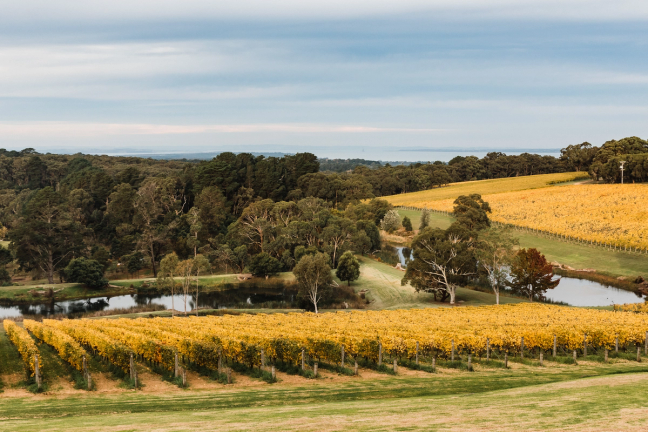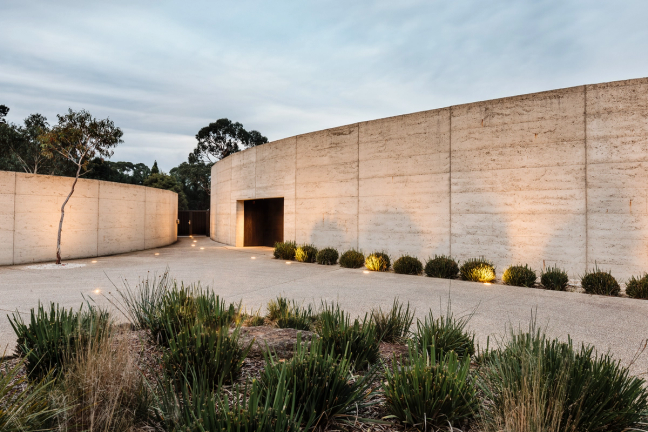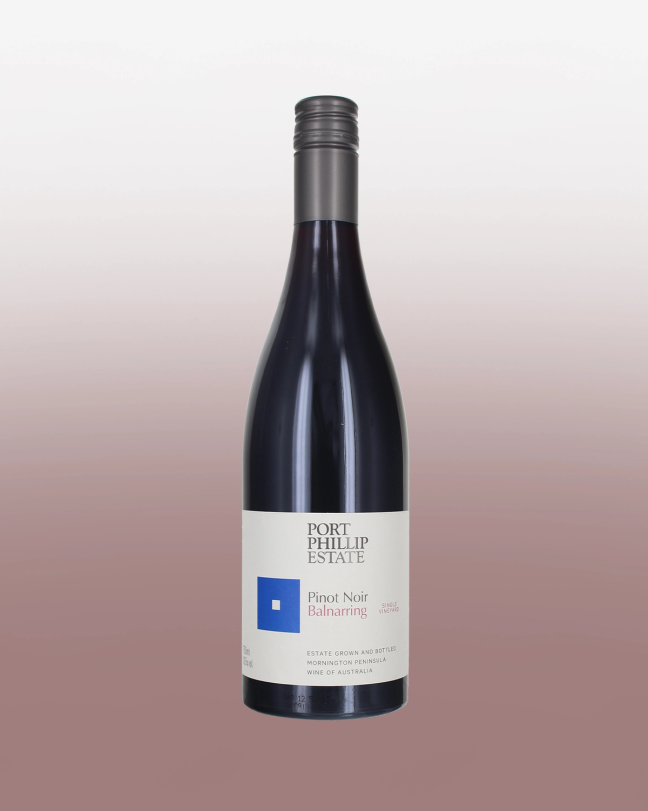Wine of the Week: Port Phillip Estate 2022 Balnarring Pinot Noir
‘As with most Australian renderings, this is not the savoury version for which Burgundy is famed…’
It’s been 20 years since the Oscar-winning road movie Sideways saw two flawed, middle-aged college friends combine a stag trip with a wine tasting tour of Santa Barbara – and, like the best wines, the debate rages over how well the film has aged. Many still find it highly amusing – and, indeed, affecting – meanwhile others feel it’s dated in a way that makes the protagonists’ antics even less palatable than they were in 2004.
Either way, for wine buffs, there’s a wonderful moment, around halfway through, when the chronically depressed, self-pitying lead character, Miles, segues into a paean to that most ethereal of grape varieties, pinot noir. Finally at ease, discussing his favourite subject, he has the object of his desire in the palm of his hand as he says, in the most poetic of terms, why he is so moved by its qualities.
Pinot, he says, “is a hard grape to grow… thin-skinned, temperamental… it needs constant care and attention”. The music and focus soften. “It can only grow in really specific, tucked away corners of the world [and] only the most patient and nurturing of growers can coax it into its fullest expression.” And then? “Its flavours are the most haunting, brilliant, thrilling and subtle on the planet”.
Pinot noir has, for all of the above, long been the darling of wine lovers, reaching its apogee in its heartland of Burgundy. As Miles says, “Cabernet [sauvignon] is prosaic by comparison.” Yet, for the same aforementioned reasons, sources of great pinot are hard to find. And Australia hasn’t typically been one of them.
Winemakers down under made their name with rich, ripe cabernet and shiraz, often blended together, in the sunshine-in-a-bottle formula of the 1980s and 1990s. Such an approach runs counter to the French notion of terroir (even Australia’s top wine, the powerful, long-lived Grange, is a blend from different regions, heretical to the French). More recently, however, as fashions have turned away from big, bold, full-bodied wines, the country’s cooler-climate regions have become a welcome source of more restrained bottlings. Enter elegant pinot noir in spots such as the idyllic, coastal Mornington Peninsula, an hour from Melbourne.

So renowned has the region become for the variety that it held a ‘Pinot Celebration’ this time last year (note to event organisers – calling a conference a ‘celebration’ immediately makes it more enticing). The event was, in no small part, intended as a showcase to build export markets via a firm focus on premium renderings. “Quality is the most important thing,” said the organisers. Australia’s home market is currently responsible for two-thirds of its pinot sales, and the variety has an 18.5 per cent share of domestic restaurant wine sales – the most of any red grape – despite having only 5 per cent of vineyard plantings. But, sure enough, exports of pinot are slowly growing, bucking the overall Australian decline.

Producers such as Port Phillip make for a fine draw card – though you wouldn’t know it from the winery’s spartan, rammed-earth exterior, peering out from a bunker. Step inside, however, and a cavernous room with a floor-to-ceiling glass wall opens out to a glorious panoramic view of vineyards and hills. A fine-dining restaurant sits to one side, a tasting room to the other. The winery and cellar are hidden below, five metres down (the rammed earth provides natural insulation, negating the need for any temperature control) along with six supremely stylish guest rooms, also with vineyard views.

Like the winery, the Port Phillip wines have been hidden from view for too long, only being imported to the UK in the last two years (by the estimable London neighbourhood merchant Jeroboams). We’ve been missing out; its Balnarring cuvée is the kind of vivid pinot – silky yet crunchy, and packed with perfumed, sappy cranberry – that harnesses real energy and tension.
And, as with most Australian renderings, this is not the savoury, “haunting” version of pinot for which Burgundy is famed and that Miles espouses so eloquently. But, it is wonderfully bright, juicy and moreish – “brilliant” in the purest sense of the word, and certainly lighter on its feet than its more renowned counterparts from New Zealand. Most notably, it is disarmingly drinkable, particularly compared to the heavy, structured shiraz of the Barossa Valley.
Pinot from Australia’s cooler regions could become a real strength for the country in the coming years. There is a job to be done, however, to convince consumers to look beyond the classic Australian blockbusters. As Jeroboams’ wine director, Peter Mitchell, told me after last year’s Pinot Celebration: “Many consumers still associate Australia with big, alcoholic wines.” And, for once, the country’s winemakers – not known as shy and retiring types – are being a little slow in challenging that view, rather hiding their light under a bushel.
Miles ultimately misses his chance, succumbing to stage fright after his big moment; let’s hope Australia’s pinot producers aren’t guilty of the same.
Want more drinks content? Penfolds disrupts the wine scene again via its collaboration with street-fashion pioneer NIGO…

Become a Gentleman’s Journal Member?
Like the Gentleman’s Journal? Why not join the Clubhouse, a special kind of private club where members receive offers and experiences from hand-picked, premium brands. You will also receive invites to exclusive events, the quarterly print magazine delivered directly to your door and your own membership card.


